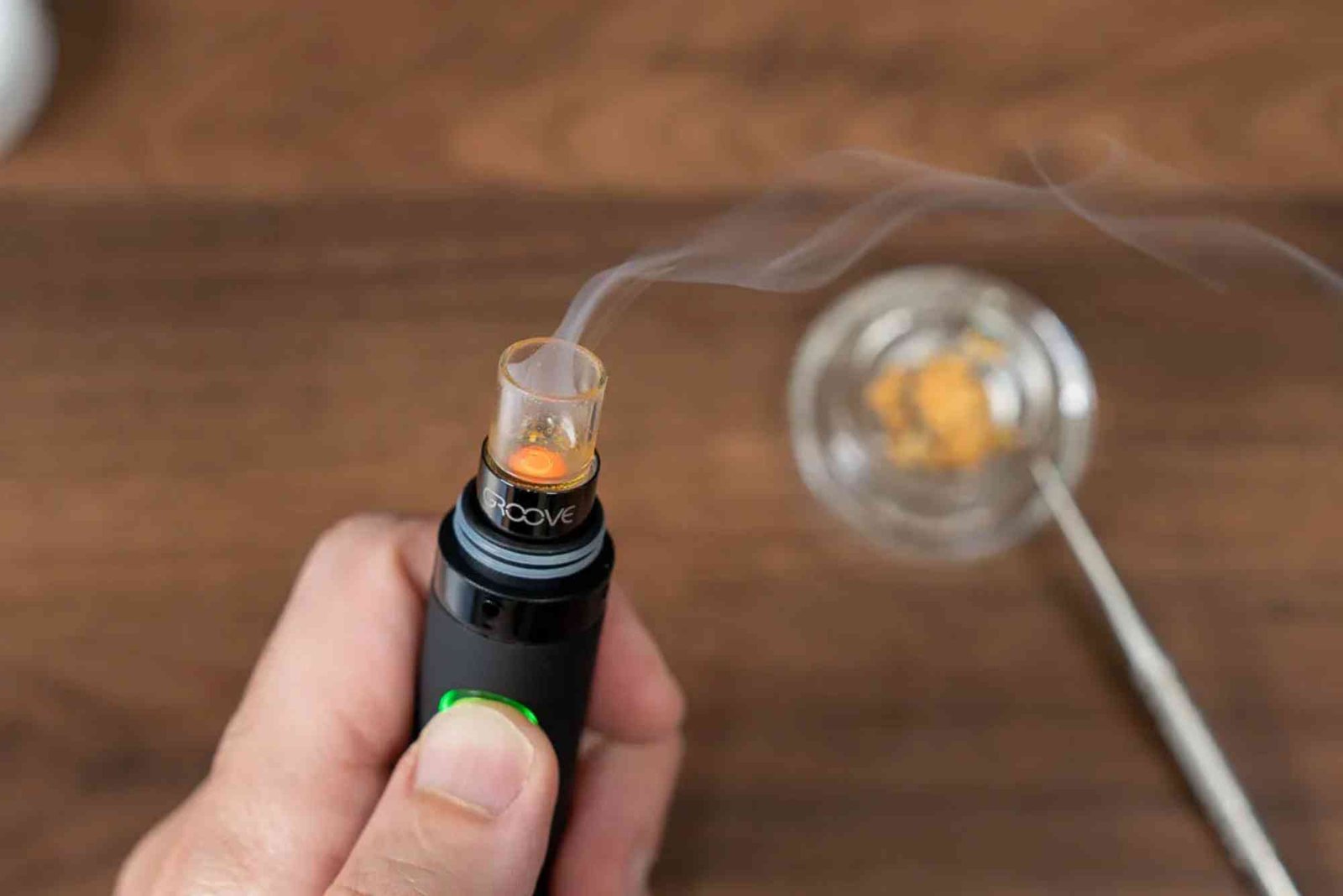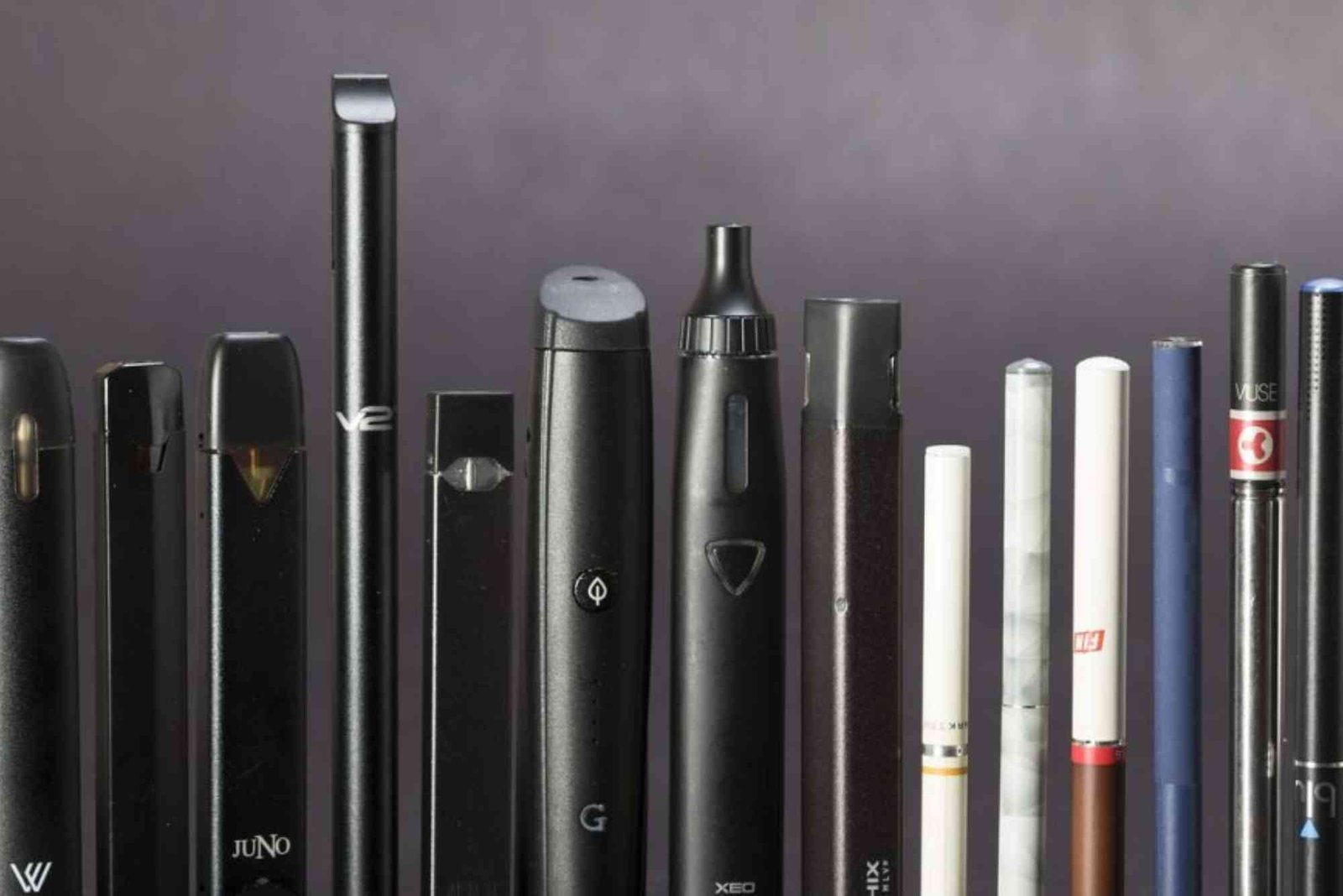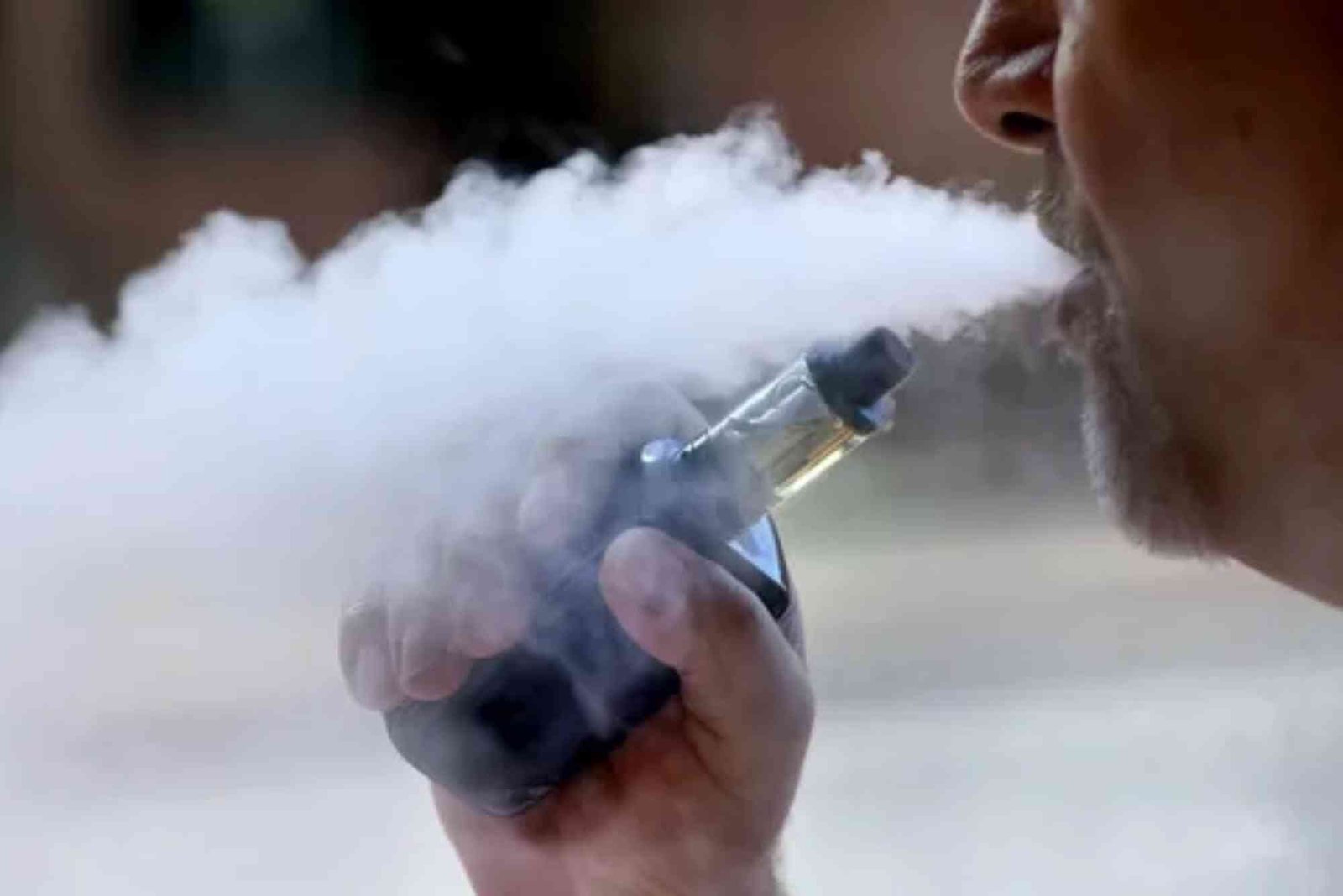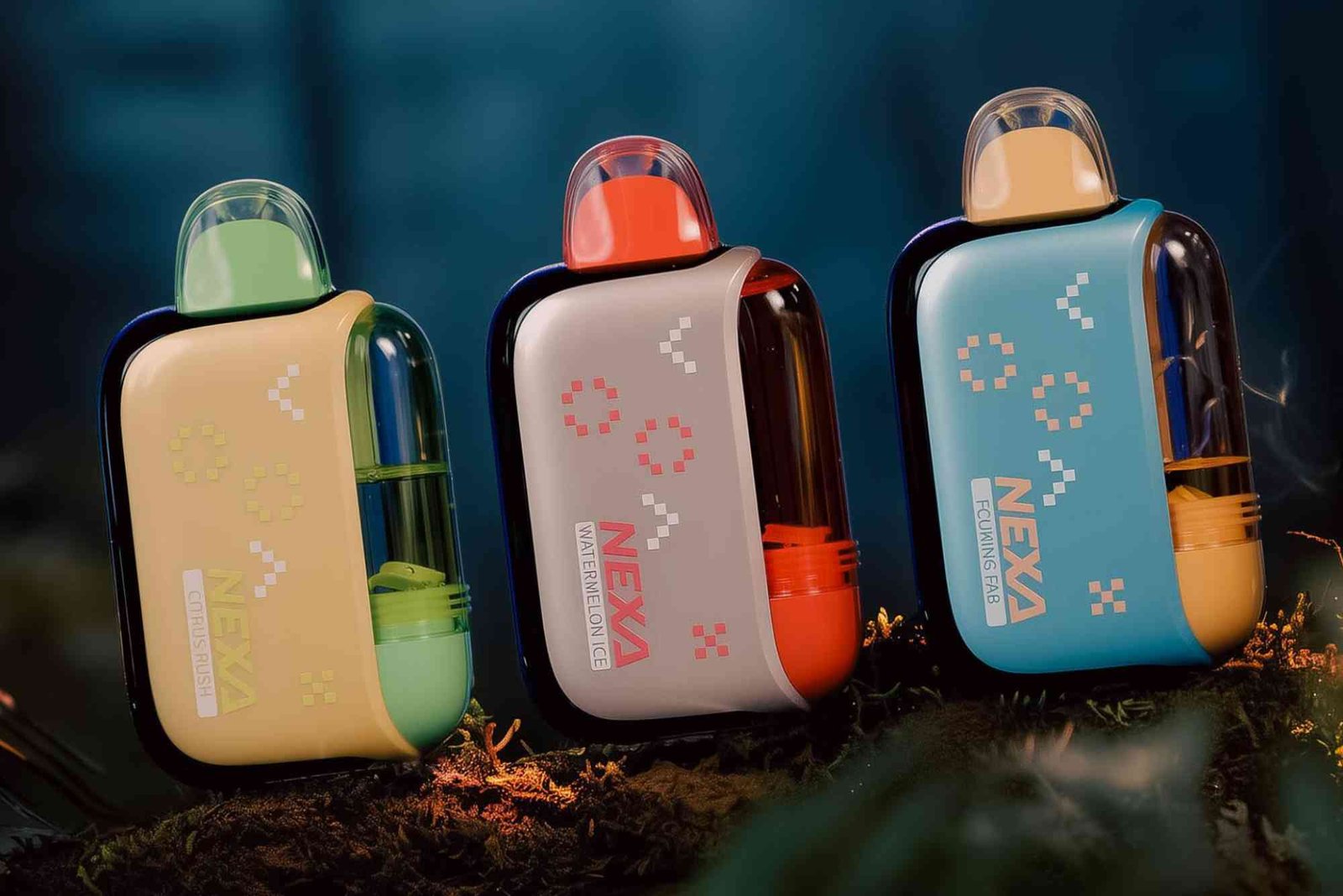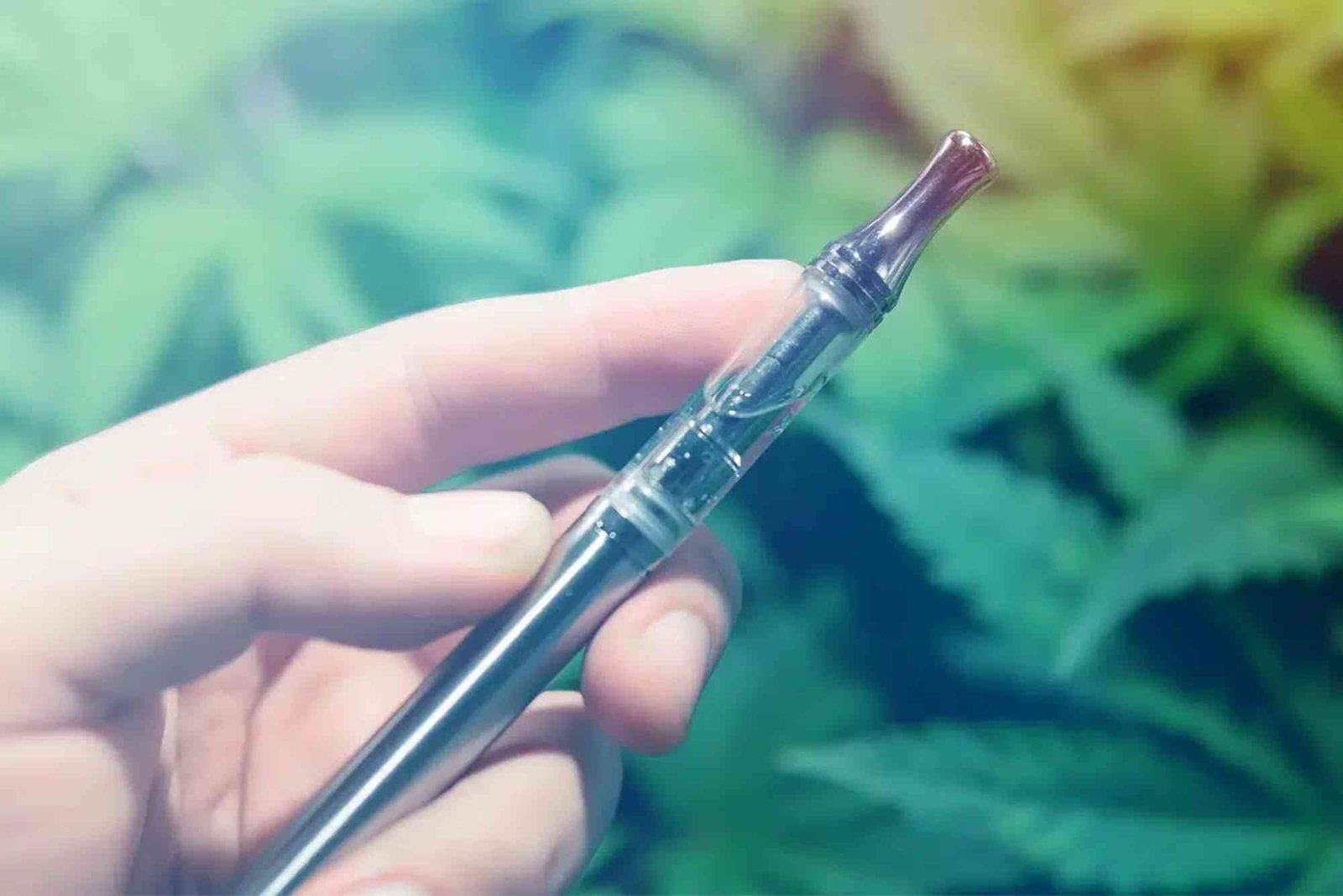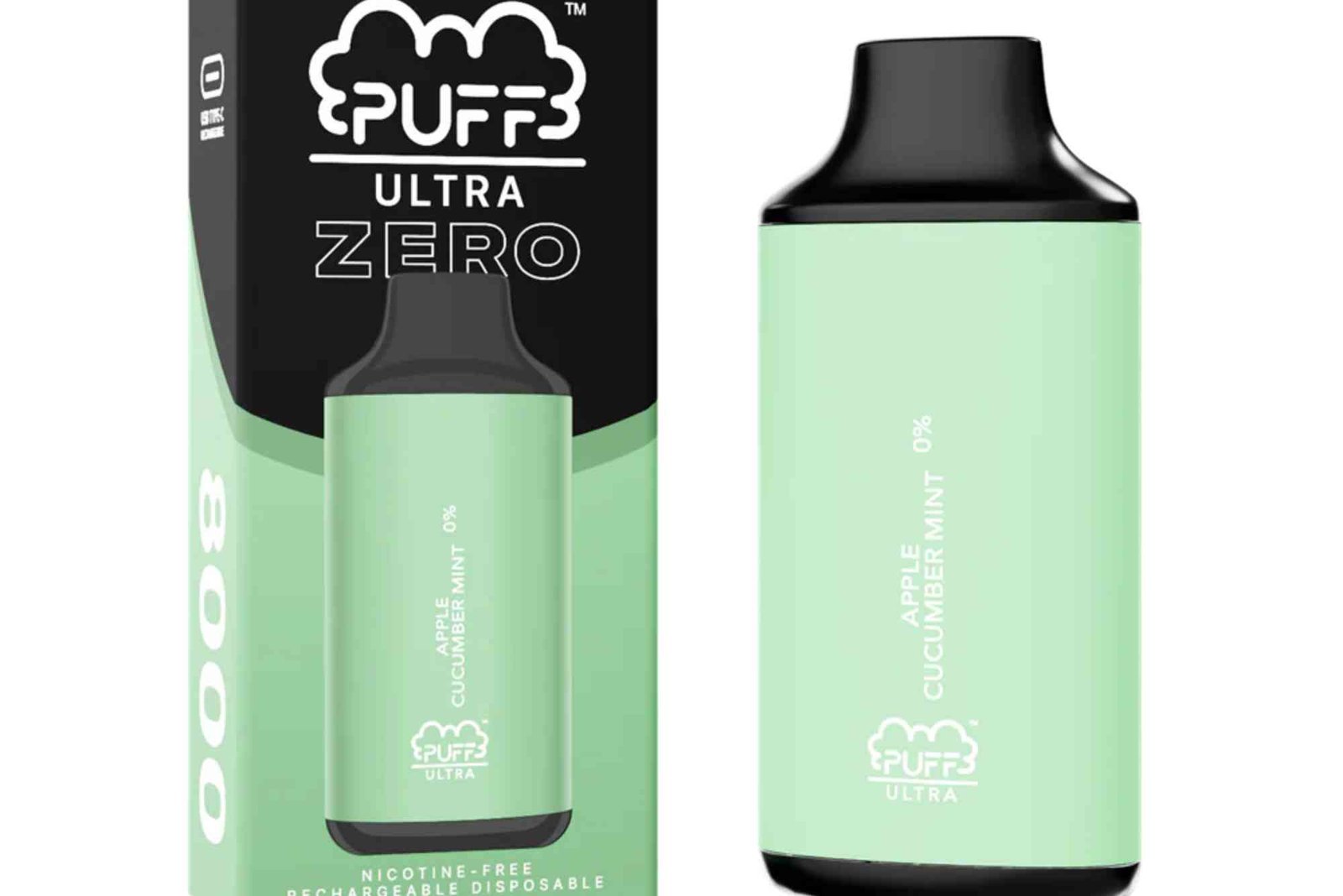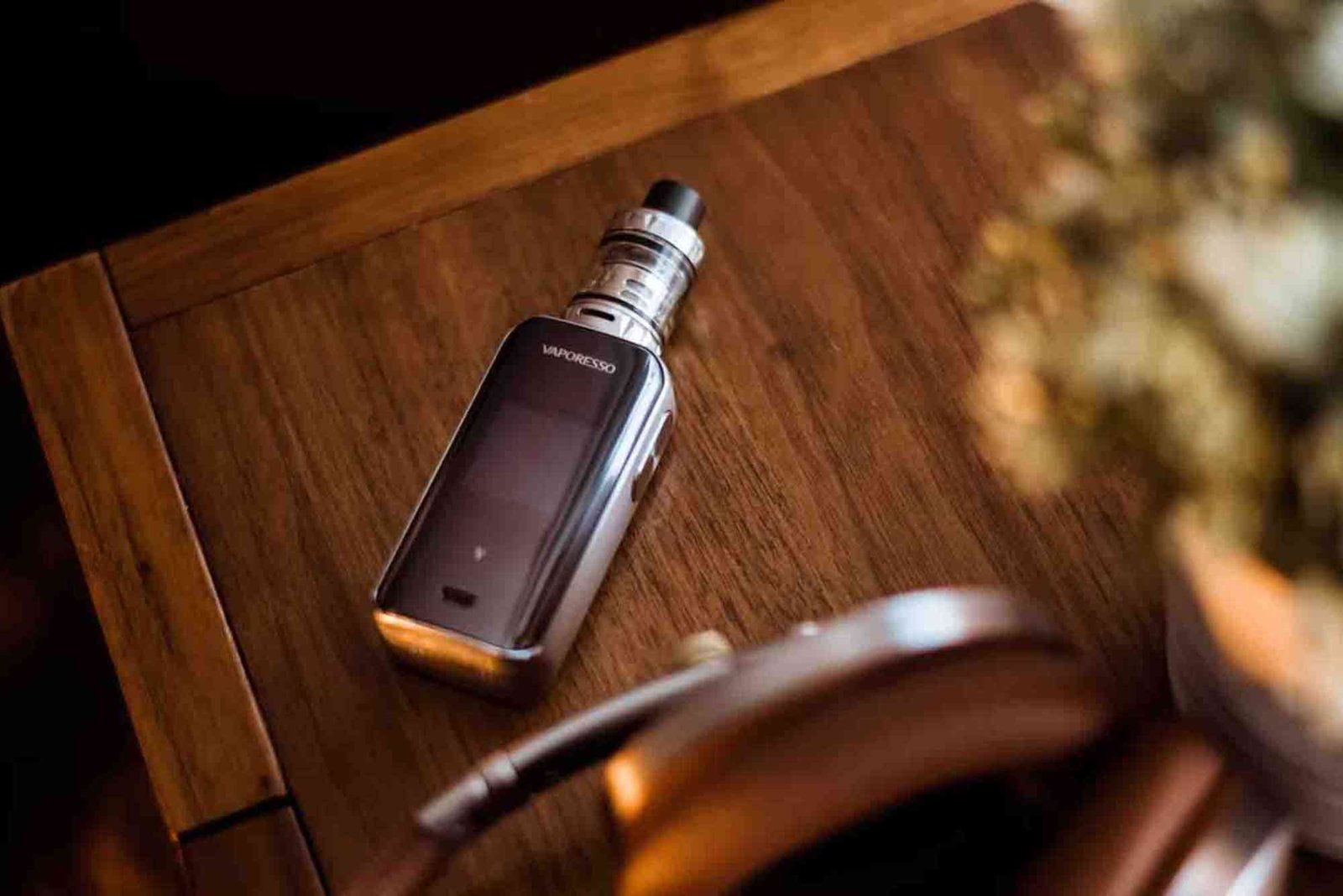Understanding Temperature Control in Vaping
Vaping technology continues to evolve, offering more precise control over your experience. One feature that has significantly enhanced user satisfaction is vape temperature control. Whether you’re a beginner or a seasoned vaper, understanding how temperature control (TC) works can transform your vaping journey.
In this guide, we’ll explore what vape temperature control is, how it benefits your vape sessions, and how to use it properly. By the end, you’ll have a deeper appreciation of why TC is one of the most valuable features in modern vaping devices.
What Is Vape Temperature Control?
Vape temperature control is a feature found in advanced vape mods that allows users to set a specific temperature for the coil rather than a fixed wattage. This helps maintain consistent vapor quality, prevents dry hits, and extends coil life.
Instead of letting the coil heat up unchecked, TC mode uses resistance readings to determine and limit the coil’s temperature. Most devices use materials like nickel (Ni200), stainless steel, or titanium that change resistance with heat, enabling the mod to calculate the coil’s temperature in real time.
Why Temperature Control Matters in Vaping
The goal of any vaping session is a smooth, flavorful experience. Temperature control ensures the heat level never exceeds your chosen threshold. This has several key benefits.
Enhances Flavor Quality
Overheating e-liquid can cause it to taste burnt or harsh. By keeping the coil within a safe temperature range, vape temperature control helps preserve delicate flavor notes. This is especially noticeable with dessert or fruit-flavored e-liquids that can lose complexity when overheated.
Prevents Dry Hits
If your wick isn’t fully saturated and you’re vaping in wattage mode, it might burn. TC mode detects rising temperature due to a lack of e-liquid and cuts off the power to avoid dry hits. This makes TC a valuable tool for anyone who chain vapes or uses temperature-sensitive coils.
Improves Coil Longevity
Repeated overheating wears out coils quickly. With temperature control, your coil is protected from unnecessary stress, helping it last longer. This is not only convenient but also saves money on replacements.
Consistent Vapor Production
Wattage mode can fluctuate, especially as your battery drains or your coil ages. Vape temperature control compensates for these changes, delivering a steady, satisfying vapor output every time you take a puff.
How Temperature Control Works
To understand the technology behind TC, it helps to know a bit about how resistance and temperature relate.
Resistance Monitoring
When a material like nickel heats up, its electrical resistance increases in a predictable way. TC-enabled vape mods constantly read this resistance and estimate the coil temperature using an algorithm.
Temperature Coefficient of Resistance (TCR)
Every wire material has a specific TCR, or how much its resistance changes with temperature. Users can manually enter TCR values for custom wires in advanced mods, but most devices already come with presets for nickel, titanium, and stainless steel.
Feedback Loop
Once the desired temperature is set, the mod automatically adjusts power output to maintain that setting. If the coil gets too hot, power is reduced or shut off momentarily, ensuring your vape never exceeds the selected temperature.
Common Temperature Control Wire Types
Not all coils are TC-compatible. The feature requires materials that change resistance with temperature. Here are the most commonly used wires:
Nickel (Ni200)
Nickel has a high TCR and is very accurate in temperature sensing. However, it’s soft and can be tricky to work with for coil building. It’s also not meant for wattage mode use.
Titanium (Ti)
Titanium is strong and heats up quickly. While it performs well in TC mode, some users avoid it due to concerns over toxicity if it overheats.
Stainless Steel (SS316, SS317)
Stainless steel is the most versatile. It works in both TC and wattage modes and is easy to work with, making it a favorite for many vapers.
Setting Up Temperature Control
If you’re using a TC-compatible mod and coil, here’s how to get started.
Choose the Right Coil
Ensure your coil is made of nickel, titanium, or stainless steel. Avoid Kanthal or Nichrome, as they don’t change resistance predictably with temperature.
Lock Resistance
After installing your coil and allowing it to cool, lock the resistance in your mod. This gives the device an accurate base reading to work from.
Set Your Temperature
Choose your preferred temperature range. A good starting point is around 200°C to 250°C (392°F to 482°F), depending on the e-liquid and personal taste.
Adjust Wattage (If Needed)
Some mods allow wattage adjustment in TC mode. Lower wattage will ramp up slower; higher wattage reaches the target temperature faster. Start low and increase gradually.
Vape and Monitor
Begin vaping and monitor how your mod adjusts power. If it hits the temperature too quickly and cuts out, you may need to raise the set temperature or lower the wattage slightly.
Benefits of Using Vape Temperature Control Daily
Many vapers start in wattage mode and hesitate to try TC, thinking it’s complicated. But using TC daily can deliver noticeable improvements in your vape experience.
You’ll enjoy smoother draws, better flavor accuracy, and less coil fatigue. Plus, the reduced risk of burning your cotton wick offers peace of mind, especially with new or custom-built coils.
Common Mistakes with Temperature Control
Despite its advantages, some users run into trouble with vape temperature control. Here are some frequent missteps to avoid:
- Using non-TC coils: Kanthal and Nichrome won’t work with TC mode.
- Not locking resistance: If resistance is not locked when the coil is cool, the temperature reading will be off.
- Wrong TCR setting: Using the wrong material setting will result in inaccurate temperature control.
- Expecting instant vapor: TC mods ramp up more gently than wattage mode, so vapor production may feel slower at first.
Temperature Control vs. Wattage Mode
It’s worth comparing these two modes to understand when to use each.
- Wattage Mode: Good for simplicity and fast ramp-up. Great with prebuilt coils or casual vaping.
- Temperature Control: Best for precision, consistent experience, and coil protection. Ideal for flavor chasers and advanced users.
Some vapers use both depending on their setup. For example, wattage for cloud-chasing and TC for all-day flavor vaping.
Is Temperature Control Safe?
Yes, vape temperature control is considered safer than wattage mode in many scenarios. By limiting temperature, TC helps prevent:
- Dry hits and cotton scorching
- Toxic byproducts from overheated materials
- Coil failures due to heat stress
However, it’s still essential to use proper coil materials and settings. As with any feature, correct usage ensures safety.
FAQs
What is temperature control mode in a vape?
Temperature control mode lets you set a maximum temperature for your coil, ensuring consistent vapor and preventing dry hits.
Is temperature control better than wattage mode?
It depends on your preferences. TC offers better flavor consistency and safety, while wattage mode is simpler and more common.
What temperature should I set my vape to?
Start at around 200°C (392°F) and adjust based on flavor and vapor output. Never exceed 300°C to avoid overheating.
Can I use temperature control with any coil?
No, you need coils made from TC-compatible materials like nickel, titanium, or stainless steel. Kanthal and Nichrome won’t work.
Why does my vape hit feel weak in temperature control?
You may have set the temperature too low or wattage too low. Try increasing the temp gradually or adjusting the power output.

